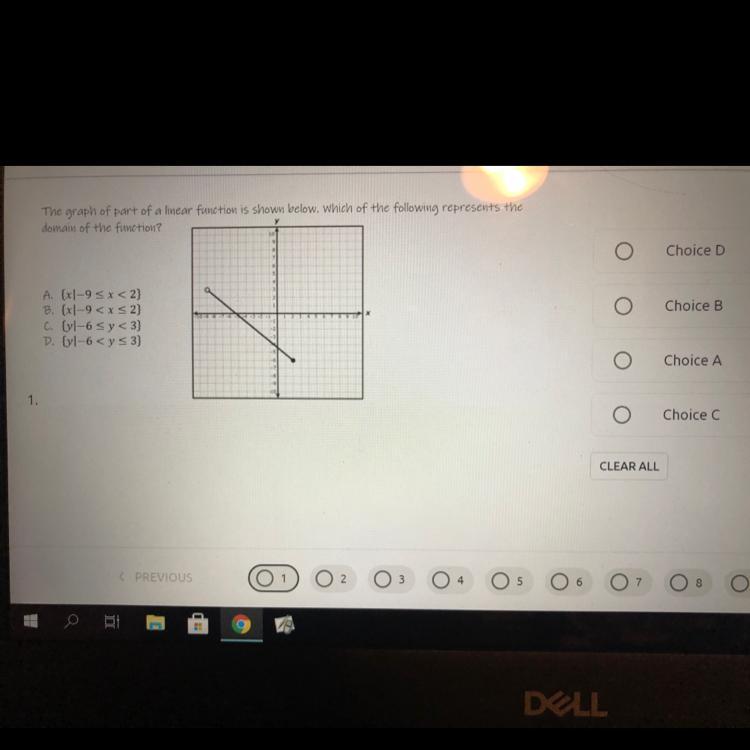PART B: How did this structure change over time in ancient Greece?
Answers 1
AI generated Answer
Quick answer: Ancient Greek architecture developed over time from the minimalist geometric structures of the Mycenaean period to the more ornate and elaborate temples of the Classical Period.
Full explanation: Ancient Greek architecture began with the minimalist geometric structures constructed during the Mycenaean period (1600-1100 BC). These structures featured thick stone walls with few or no openings, characterized by the beehive and megaron style domes. During the Classical Period (480-323 BC), Greek architecture shifted to a much more ornate and elaborate style, with a focus on temples dedicated to the worship of the gods and goddesses of the Greek pantheon. These temples featured a distinctive columnar style, including the Doric, Ionic, and Corinthian orders, and often included detailed and intricate sculptural details. This period also saw the development of agoras, public squares that were often decorated with statues and fountains. Overall, ancient Greek architecture developed over time from the simple architectural forms of the Mycenaean period to the grandiose and ornate temples and public spaces of the Classical Period.
-
Rate an answer:
0
Do you know an answer? Add it here!
Unable to find an answer to your question?
Don't worry! There are several alternative approaches you can try to resolve your query. Here are some tips to help you find answers in different ways:
- Reframe your question: Sometimes, the way you phrase your question can limit your search results. Try rephrasing it using different keywords or providing more context to get better results.
- Utilize social media: Post your question on social media platforms, particularly those focused on professional or specialized topics. Twitter, LinkedIn, and Facebook groups can connect you with individuals who may have relevant expertise or experiences to share.
- Consult subject matter experts: Reach out to experts in the field related to your question. Many professionals are willing to help and share their knowledge. You can connect with them through email, LinkedIn messages, or by attending relevant conferences or events.
- Use our website to find your question through the search box above, or you can sign up to ask your question for our big educational community. Our experts will review your question, and you will get a quick and quality answer.
- Collaborate with others: If your question is related to a specific project or problem, consider collaborating with others who might have complementary skills or knowledge. Teamwork can lead to innovative solutions and shared insights.
Remember, the process of finding answers often involves persistence, creativity, and an open mind. By exploring various resources, reaching out to others, and being proactive in your search, you increase your chances of finding the information you need. Happy quest for knowledge!
Choose a language and a region
How much to ban the user?
1 hour
1 day
100 years

